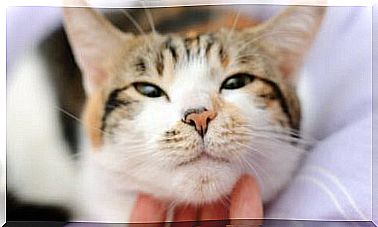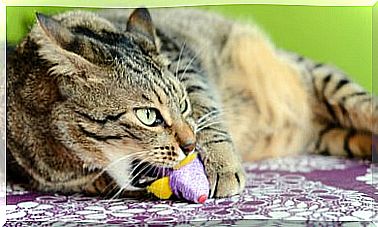Legend-inspiring Marine Mammals
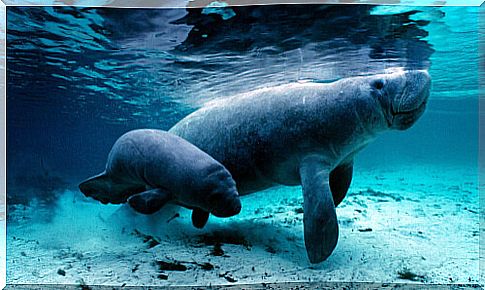
The “mermaids” are marine mammals considered inspiring of the legend of the mermaids. Without going any further, Christopher Columbus found animals of this family in the Caribbean Sea and described them as “mermaids”. But their peaceful nature is far from the evil intentions presented by these mythological beings.
Most species are tremendously threatened, for many different reasons. As they are animals with slow movements in the water, they can suffer collisions with boats.
In addition, they are illegally fished for their bones, skin and oil. But it can also be the object of accidental fishing, by becoming entangled in ordinary fishing nets.
However, the main cause of its threat is the destruction of ecosystems by pollution, climate change or red tides.
Legends inspiring marine mammals
The Sirenia order is currently made up of four species. They belong to a group, that of the Afroteria, sharing ancestors with the elephants.
They physically resemble pinnipeds, but are not evolutionarily related to them. In fact, their diet is completely opposite, since seals and walruses are carnivorous.
They are the only herbivorous marine mammals, which is why they are commonly called “sea cows”.
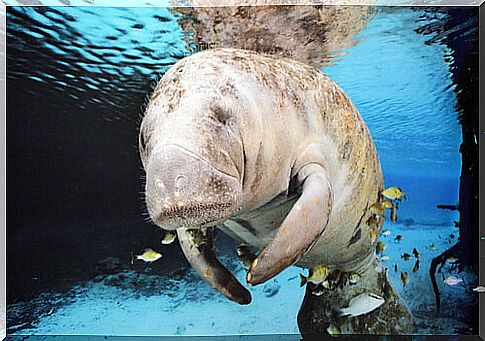
General characteristics
Sirenians are large and heavy, something that can be seen even in their slow movements. They live in warm water, near the coast, especially at the mouths of rivers, where the vegetation is lush.
They are famous for their docility, even in the wild. In fact, when kept in captivity, they tend to approach the edge of ponds to eat from visitors.
Due to that docility they have been easy prey for hunters, which led many species of sirenians to extinction. Hence, the four surviving species are currently protected.
What species of these curious marine mammals survive today?
The dugong
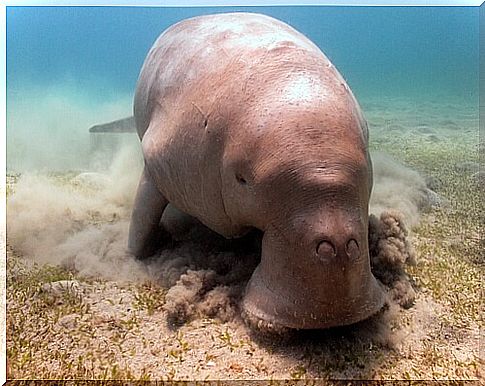
The Dugon dugon lives on the shores of the Indian Ocean. Although it can be found even in the Red Sea. It is the smallest sirenian – it measures about eight feet – and is the only representative of its kind.
It has few natural enemies. In fact the greatest risk for the youngest specimens are sharks and crocodiles in estuaries. Therefore, it is the human being who causes the most havoc in its population, since it hunts it for its meat, fat and skin.
The male and female remain together during the reproductive period and sometimes for life. And the female shows great appreciation for her young.
Manatee, legendary-inspiring marine mammals
There are three species of Tricheus , the true “sea cows.” And all of them geographically separated:
- The Caribbean manatee, which lives on the shores of this sea.
- The Amazonian manatee, which lives at the mouth of the Amazon River.
- The African manatee, which lives off the coast of West Africa.
They all show a wrinkled face with numerous whiskers on the muzzle. They have a divided upper lip, which helps them to tear underwater plants more easily.
As they are lazy animals, if they are not eating, they can be seen resting on the surface and in shallow water. On the other hand, they are naturally curious, which is why they tend to approach boats.
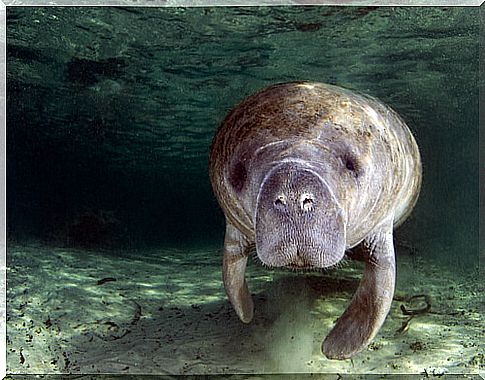
We should conserve these legend-inspiring marine mammals
Given their nature of protected species, sirenians are included in conservation programs that aim to:
- Increase the number of regulations in favor of the protection of these animals.
- Educate the population about the need to conserve biodiversity. At this point it is especially important to raise awareness among potential hunters.
- Develop research projects on the different species present in each country.
- Also protect their habitat.
- Rescue Sirenians that may be found stranded or injured, rehabilitate and reintroduce them whenever possible.
